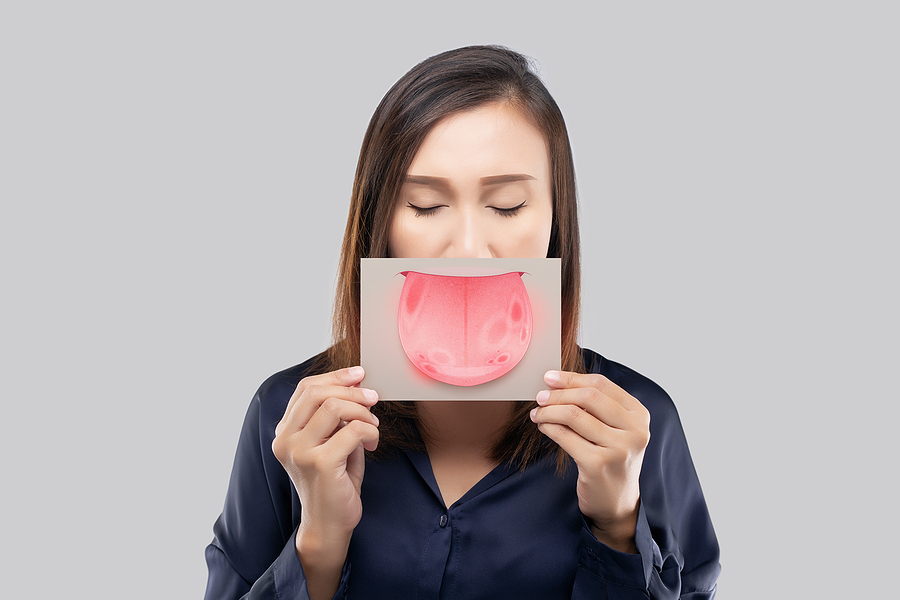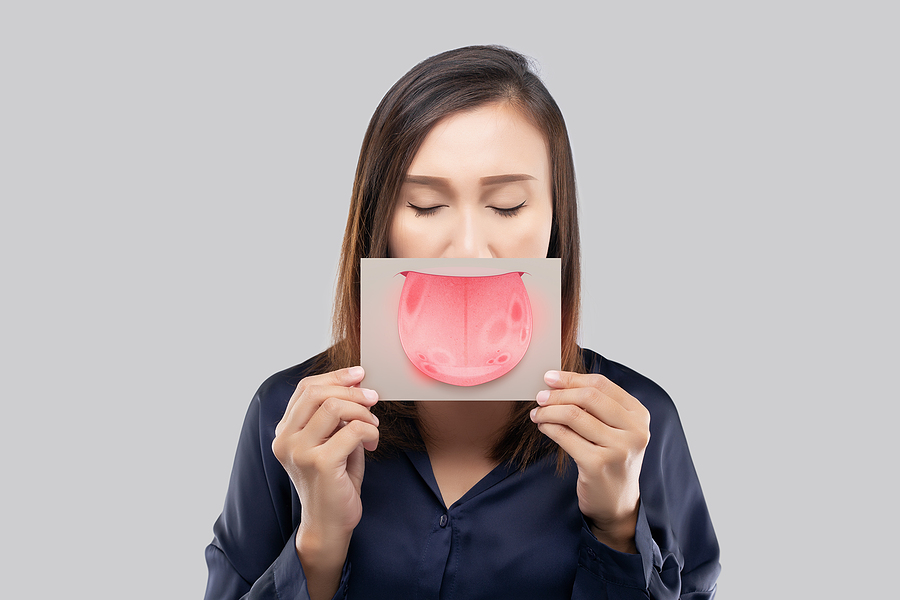Making sure you have excellent oral hygiene is important, so you can prevent issues and problems from happening. One of the best things you can do is daily brushing and flossing. Most people remember to brush their teeth, but you should also brush your tongue. Failing to do this can lead to issues like black hairy tongue. This highly unpleasant sounding health issue afflicts tongues all across the world, and you need to know about it so that you can figure out how to combat it.
In this article:
- What is it?
- Where does it occur?
- Symptoms
- The colors can differ
- What can make it worse?
- Treating it
- What to expect
What is it?
Black hairy tongue, despite its alarming name, is a harmless condition that can occur when you have too much bacteria in your mouth. What happens is that the taste buds on the top of your tongue start to accumulate a build-up of bacteria, and this winds up creating red blood cell pigments, which can give the tongue a black complexion.
Where does it occur?
The top of the tongue towards the back of your tongue is the place that you are most likely to see the development of black hairy tongue in your mouth. It can extend towards the top of the tongue as well. The small projections that cover the tongue will attract a build up of germs and collect an overgrowth of bacteria. After enough bacteria builds up, you can begin to see it on the tongue. There are a lot of factors that you need to keep in mind to try to avoid black hairy tongue.
Symptoms
It is generally the larger taste buds at the back of the tongue that are the place that sees this condition start and manifest itself. However, it is unlikely that you will feel any sort of difference if you have black hairy tongue, as those who have it generally don’t report many symptoms, aside from a tickling sensation in the roof of the mouth, as well as a bit of a metallic taste. In rare cases, people have reported a feeling of nausea and gagging, as well as a burning sensation on the tongue caused if there is too much yeast growth, but this is less common.
The colors can differ
Though referred to as black hairy tongue, this is a condition that can differ slightly, and the colors can also differ somewhat as well. Much of the time, the condition is accompanied by black discoloration on the tongue. However, there are a lot of other colors that can also be signs of black hairy tongue, and these include tan, brown, green, white, or even yellow!
What can make it worse?
There are a number of factors that can exacerbate this condition, and wind up making things worse in the long run. It is not known exactly what causes black hairy tongue, but there are certainly factors that can contribute to it and make it worse. For instance, smoking is one of the things that can make this condition worse, along with too much tea and coffee, antibiotics, and poor oral hygiene.
Treating it
There are a few ideas you can come up with that will help you to improve the condition moving forward, and this is very important. Making use of a tongue scraper is one a great way of doing this, and you need to look into that. But it is important to make sure you aren’t too aggressive with the scraper, because if you tear off the projections, they could well wind up growing back quicker. Using a mouthwash can also help to remove the bacteria when used with a tongue scraper.
What to expect
You need to know what to expect when you have black hairy tongue, and how to go about treating it. Once it develops, it is treatable but there is also a chance that it may come back now and again in cycles. You might need to get a medicated mouthwash that can help to treat it; make sure you consult a professional to help you with this.
Hairy black tongue is not pleasant, but it is exactly the kind of thing that can happen when you aren’t looking after your mouth carefully enough. That’s why you need to make sure you are aware of this kind of condition, as well as what causes it. If you can do your best to improve your oral hygiene, you are going to have a much more pleasant and comfortable life as a result.
More Blog Posts
Office Hours
MON - THU8:00 am - 5:00 pm
FRI8:00 am - 2:00 pm
SAT - SUNClosed





